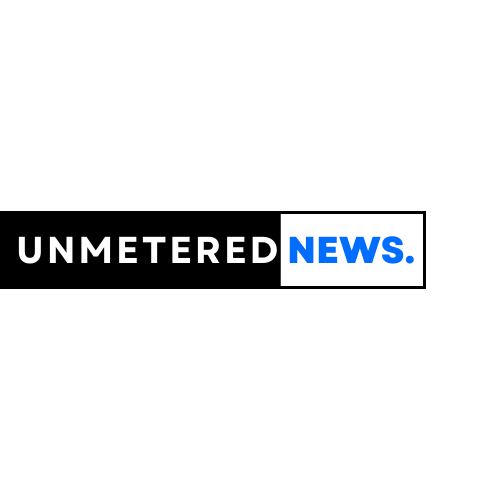- Home
- Advertise With us
- World News
- Tech
- Entertainment
- Travels & Tours
- Contact US
- About us
- Privacy Policy
Top Insights
Moon phase today: What the moon will look like on June 30, 2025


It’s the last moon in June, and there are plenty of geological features to see, even without a telescope, all thanks to the ever-changing lunar cycle.
The lunar cycle is a series of eight unique phases of the moon’s visibility. The whole cycle takes about 29.5 days, according to NASA, and these different phases happen as the Sun lights up different parts of the moon whilst it orbits Earth.
See what’s happening with the moon tonight, June 30.
What is today’s moon phase?
As of Monday, June 30, the moon phase is Waxing Crescent. 29% of the moon will be lit up and visible to us on Earth (according to NASA’s Daily Moon Observation).
This also marks the fifth day of the current lunar cycle, and there’s plenty to spot on the moon’s surface, with or without binoculars.
Similarly to last night, there are two geological wonders you can spot with just your naked eye. These are the Mare Crisium and the Mare Fecunditatis. The Mare Crisium is also known as the “Sea of Crises and takes up around 109,000 square miles.
The Mare Fecunditatis (“Sea of Fertility”) is an impact basin that was the first spot where an automated sample retrieval took place in 1970.
If you have binoculars or a telescope, you’ll also spot the Endymion Crater. NASA tells us this crater is 78 miles in diameter and is defined by its dark, flat floor caused by cooled lava.
When is the next full moon?
June’s full moon was on June 11. The next full moon will be on July 10.
What are moon phases?
Moon phases are caused by the 29.5-day cycle of the moon’s orbit, which changes the angles between the Sun, Moon, and Earth. Moon phases are how the moon looks from Earth as it goes around us. We always see the same side of the moon, but how much of it is lit up by the Sun changes depending on where it is in its orbit. This is how we get full moons, half moons, and moons that appear completely invisible. There are eight main moon phases, and they follow a repeating cycle:
New Moon – The moon is between Earth and the sun, so the side we see is dark (in other words, it’s invisible to the eye).
Waxing Crescent – A small sliver of light appears on the right side (Northern Hemisphere).
First Quarter – Half of the moon is lit on the right side. It looks like a half-moon.
Waxing Gibbous – More than half is lit up, but it’s not quite full yet.
Full Moon – The whole face of the moon is illuminated and fully visible.
Waning Gibbous – The moon starts losing light on the right side.
Last Quarter (or Third Quarter) – Another half-moon, but now the left side is lit.
Waning Crescent – A thin sliver of light remains on the left side before going dark again.
Related Articles
Want to stand out in IT job interviews? 10 ways a home lab can help
Here’s how to easily build IT experience that hiring managers will love...
Want to stand out in IT job interviews? 10 ways a home lab can help
Here’s how to easily build IT experience that hiring managers will love...
Apple’s USB-C AirPods Max are $69 off ahead of Prime Day
Amazon’s Prime Day is fast approaching and the early deals are coming...
Apple’s USB-C AirPods Max are $69 off ahead of Prime Day
Amazon’s Prime Day is fast approaching and the early deals are coming...






Leave a comment